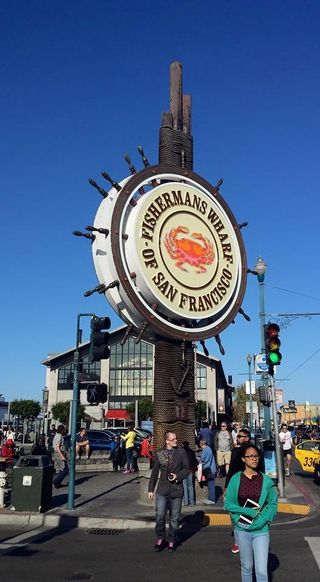TILA/RESPA Integrated Disclosures—Refunds
Written by Brandy Bruyere, Regulatory Compliance Counsel
JiJi recently blogged about the inclusion of âÂÂno-cost loansâ under the TILA/RESPA Integrated Disclosures rule. A somewhat related question came up recently--when does the credit union have to issue a refund to the member? Refunds are a way to âÂÂcureâ situations where the Loan Estimate was not made in good faith, meaning the amounts charged exceeded the tolerance limits (for more information, check out this blog). New section 1026.19(f)(2)(v) addresses refunds related to the âÂÂgood faith analysisâ requirement:
"(v) Refunds related to the good faith analysis. If amounts paid by the consumer exceed the amounts specified under paragraph (e)(3)(i) or (ii) [Loan EstimateâÂÂs good faith estimate of closing costs]â¦the creditor complies with paragraph (e)(1)(i) of this section if the creditor refunds the excess to the consumer no later than 60 days after consummation, and the creditor complies with paragraph (f)(1)(i) of this section if the creditor delivers or places in the mail corrected disclosures that reflect such refund no later than 60 days after consummation."
In other words, when the member pays for settlement costs in excess of the tolerances, the credit union can cure this violation by refunding the difference. Here is clarification from the CFPB staff commentary:
âÂÂ19(f)(2)(v) Refunds related to the good faith analysis.
â¦For example, assume that at consummation the consumer must pay four itemized charges that are subject to the good faith determination under ç1026.19(e)(3)(i). If the actual amounts paid by the consumer for the four itemized chargesâ¦exceeded their respective estimates on the [Loan Estimate] by $30, $25, $25, and $10, then there would be a $90 excess amount above the limitations prescribed by ç1026.19(e)(3)(i). If, further, the amounts paid by the consumer for services that are subject to the good faith determination under ç1026.19(e)(3)(ii) totaled $1,190, but the respective estimates on the disclosures required under ç1026.19(e)(1)(i) totaled only $1,000, then there would be a $90 excess amount above the [applicable tolerance limitations]...âÂÂ
So what happens if the credit union discloses more in fees on the Loan Estimate than the member actually ends up paying, meaning the member actually pays less than the costs provided in the Loan Estimate? New section 1026.19(e)(3)(iii) generally requires that, outside exceptions such as permitted tolerances, the credit union estimate closing costs âÂÂin good faithâ meaning âÂÂthe charge paid byâ¦the [member] does not exceed the amount originally disclosed.â The rule does not specifically discuss situations where the amount paid by the member is actually less than the amount disclosed, but the CFPB Small Entity Compliance Guide says the following on p. 35:
âÂÂGenerally, if the charge paid by or imposed on the consumer exceeds the amount originally disclosed on the Loan Estimate it is not in good faith, regardless of whether the creditor later discovers a technical error, miscalculation, or underestimation of a charge."
However, a Loan Estimate is considered to be in good faith if the creditor charges the consumer less than the amount disclosed on the Loan Estimate, without regard to any tolerance limitations.âÂÂ
(Emphasis added.)
Keep in mind though that the Loan Estimate is still subject to general accuracy requirements as set forth in section 1026.17 which requires that when âÂÂinformation necessary for an accurate disclosure is unknown to the [credit union], the [credit union] shall make the disclosure based on the best information reasonably available at the time the disclosure is providedâ¦âÂÂ
***
San Francisco. Last week, NAFCU sent me to the American Bar Association Business Law SectionâÂÂs spring meeting in San Francisco. I spent most of my time meeting with other attorneys, including some great credit union attorneys. However, I did manage to leave the hotel in the financial district for a walk, and saw a few tourist attractions:



